Introduction to the King in Chess
The king is the most crucial piece in the game of chess, where the primary objective is to checkmate the opponent's king. While often perceived as one of the weaker pieces on the chessboard due to its limited mobility, the king can indeed attack and capture opposing pieces under the right circumstances. However, knowing when and how to use the king aggressively can be complex and requires a deep understanding of the game's strategies and phases.
Understanding the Movement of the King
The king moves one square in any direction: horizontally, vertically, or diagonally. This limited range of movement often relegates the king to a defensive role, particularly in the early and middle phases of the game. Unlike other pieces such as the queen or the rook, the king's ability to move only one square at a time can sometimes hinder its attacking abilities.
Strategic Use of the King
The role and strategy of the king can vary significantly over the different phases of a chess game: the opening, middlegame, and endgame.
Opening Phase
In the opening, the priority for the king is safety. This typically involves castling, a special chess move that allows the king to tuck itself away on either the king's side (short castling) or queen's side (long castling). Castling not only safeguards the king but also develops a rook which can be crucial for both defense and offense in the middlegame.
Middlegame
During the middlegame, the king often remains in a protective posture, avoiding exposure to dangerous attacks. In this phase, the king's ability to attack is generally latent, serving more as a support piece or as an essential part of the defensive structure rather than an active attacker.
Endgame
The endgame marks a significant shift in the strategic role of the king. As the board clears and fewer pieces remain in play, the king can become a dynamic offensive weapon. Its ability to support pawn promotion and participate in checkmating the opposing king becomes crucial. In these scenarios, the king's ability to step into both attacking and defensive roles decisively influences the outcome of the game.
Examples of King Attacks
Strategically, the king can engage in attacks usually when fewer pieces are on the board, as it minimizes the risk of being checkmated. An exemplary scenario might involve a king and pawn endgame. In this setting, a king can help drive an enemy king away from defending its pawns or cornering the enemy king to assist its own pawns in advancing towards promotion.
The Element of Risk
Using the king in an offensive role is not without risks. The introduction of the king into active gameplay can backfire if not done with careful consideration of the opposing pieces and their potential threats. Exposing the king to an attack can lead to severe repercussions, particularly if there is a risk of checkmate or losing significant material.
Conclusion
The king, while primarily a defensive piece due to its critical importance and vulnerability, can indeed attack under conditions where the risks are manageable, especially in the later stages of the game where the dynamics dramatically shift. The transformation of the king from a passive figure to an active participant in offense is a powerful strategic metamorphosis that can alter the course of the game. Understanding and mastering the use of the king in attacks can be the hallmark of advanced chess strategy.
Explore our large collection of luxurious chess sets!


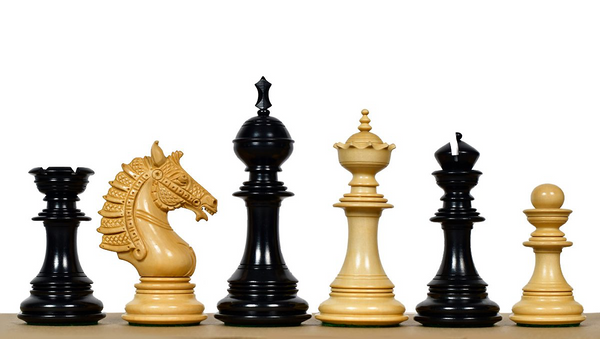
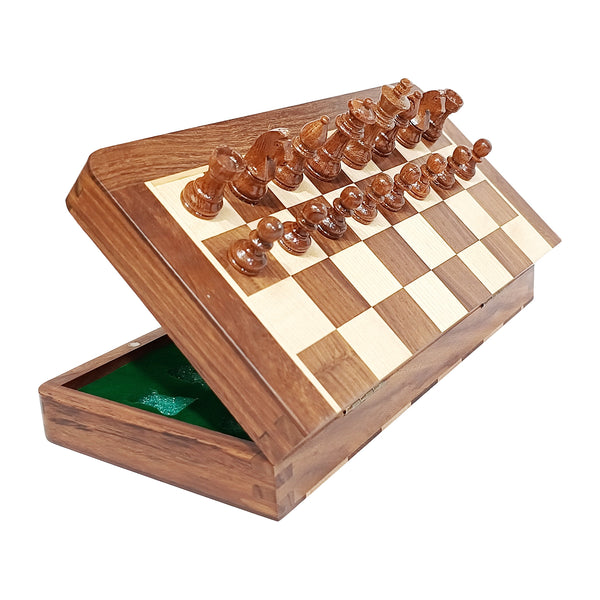
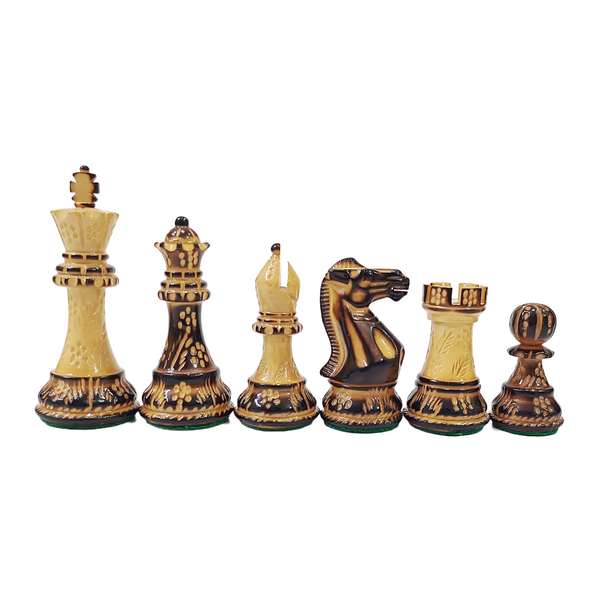
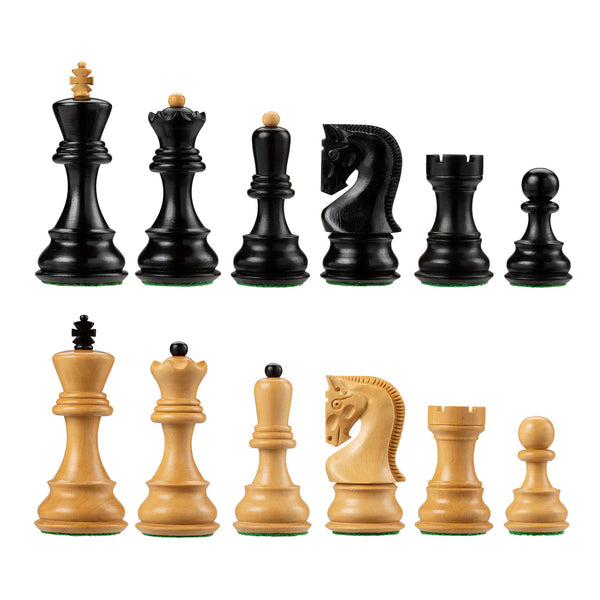
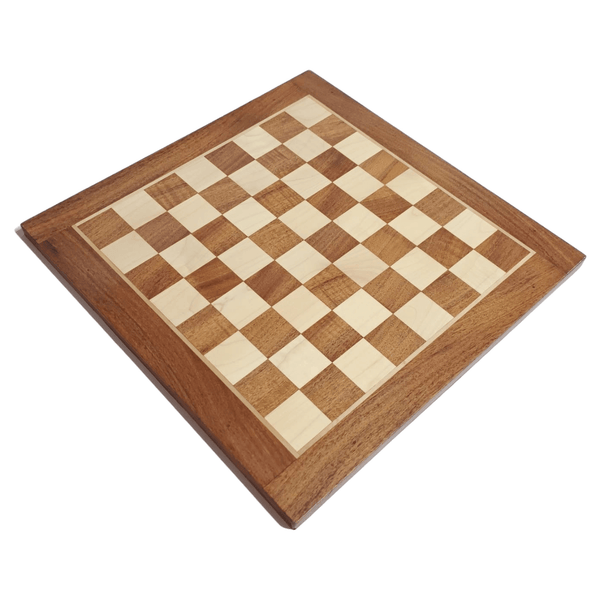
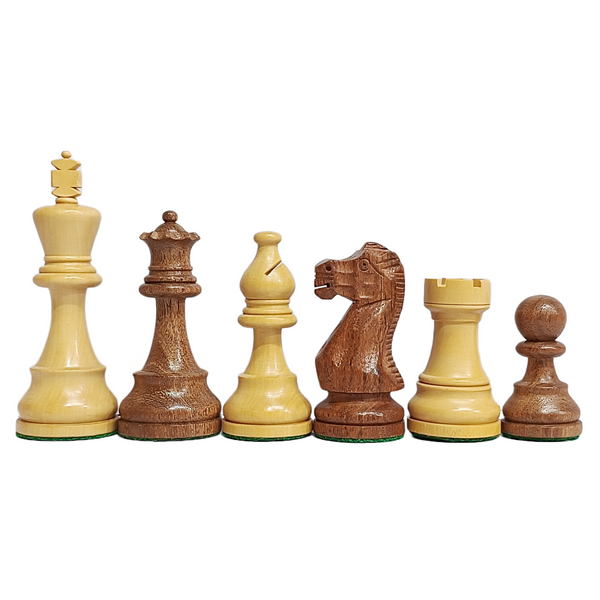







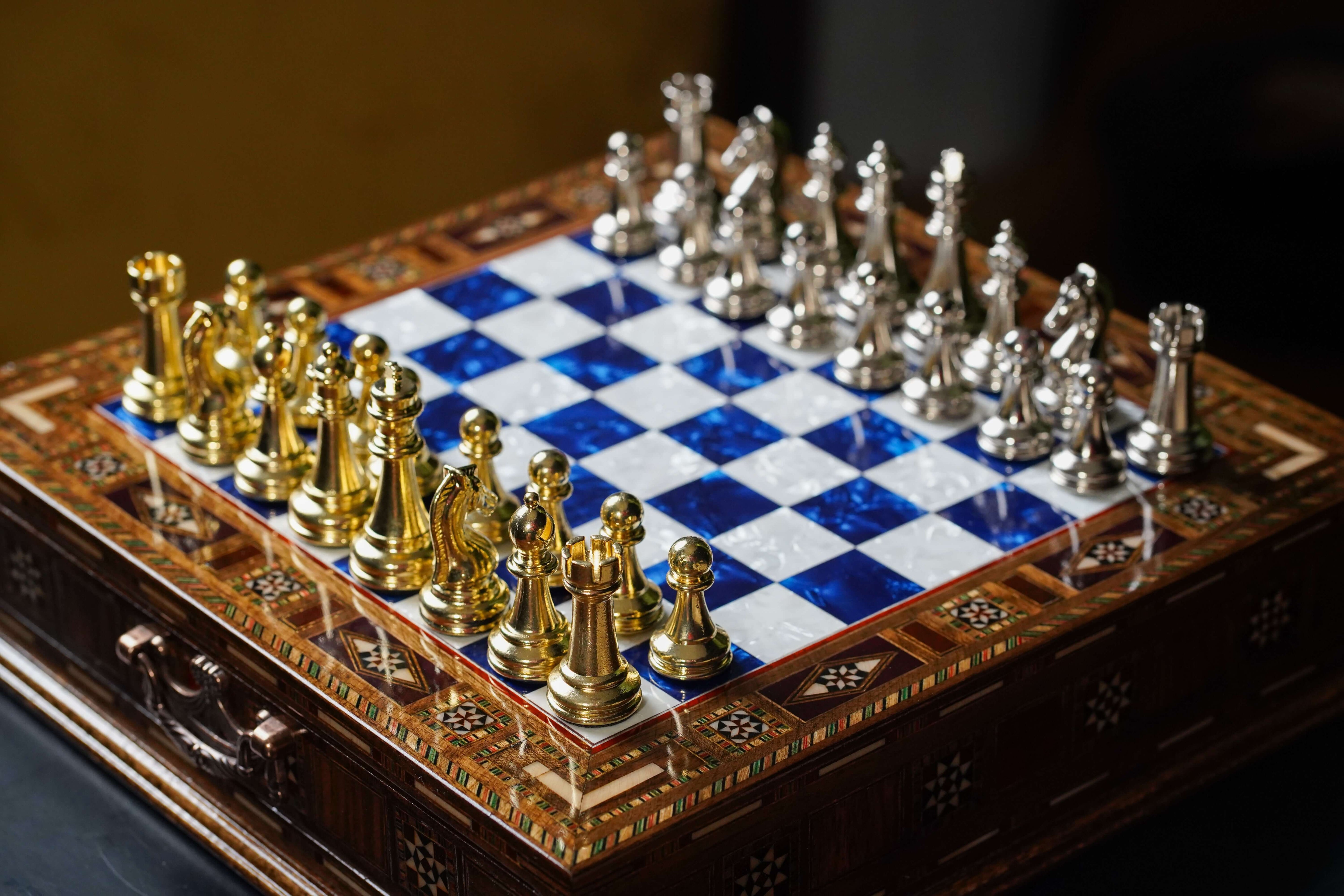
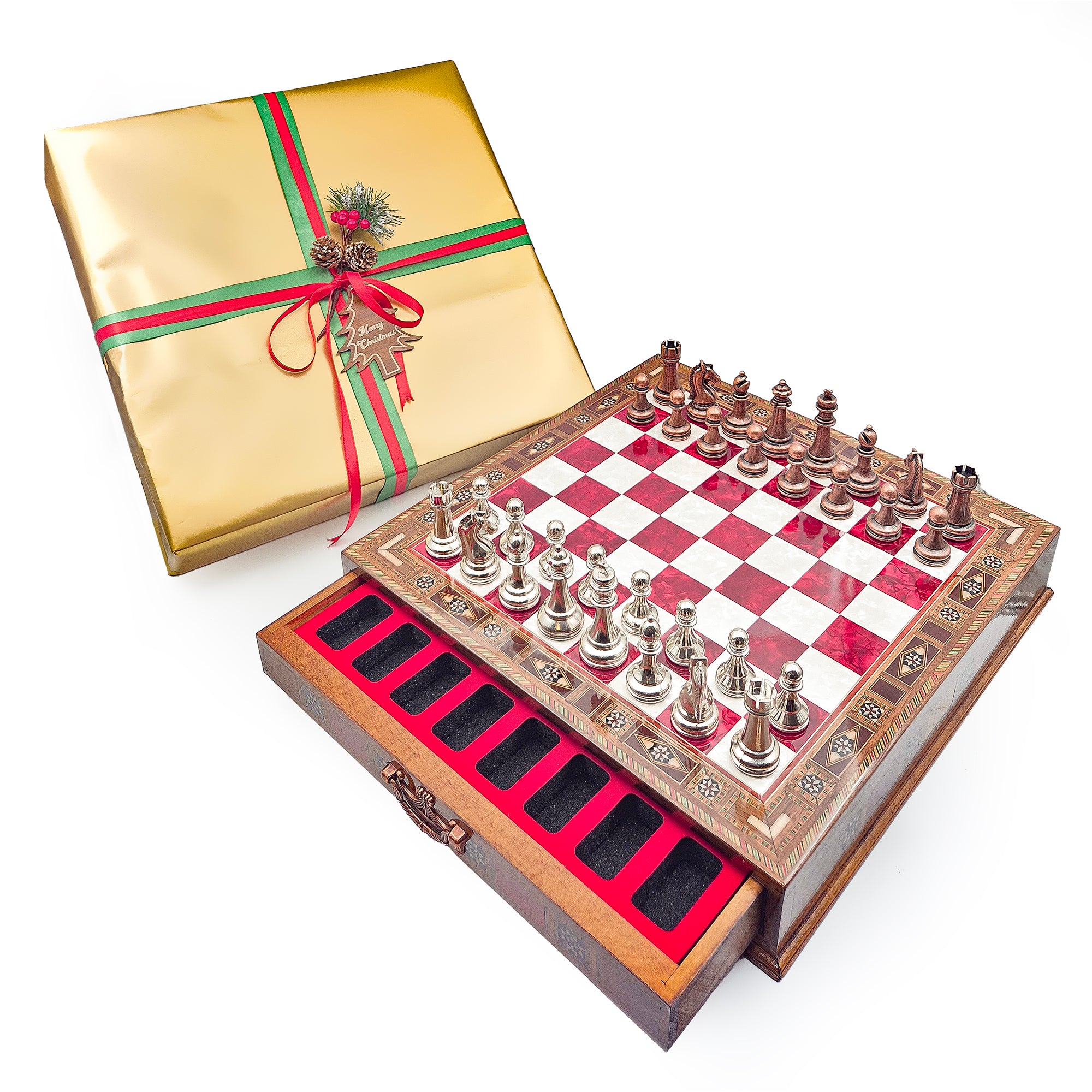
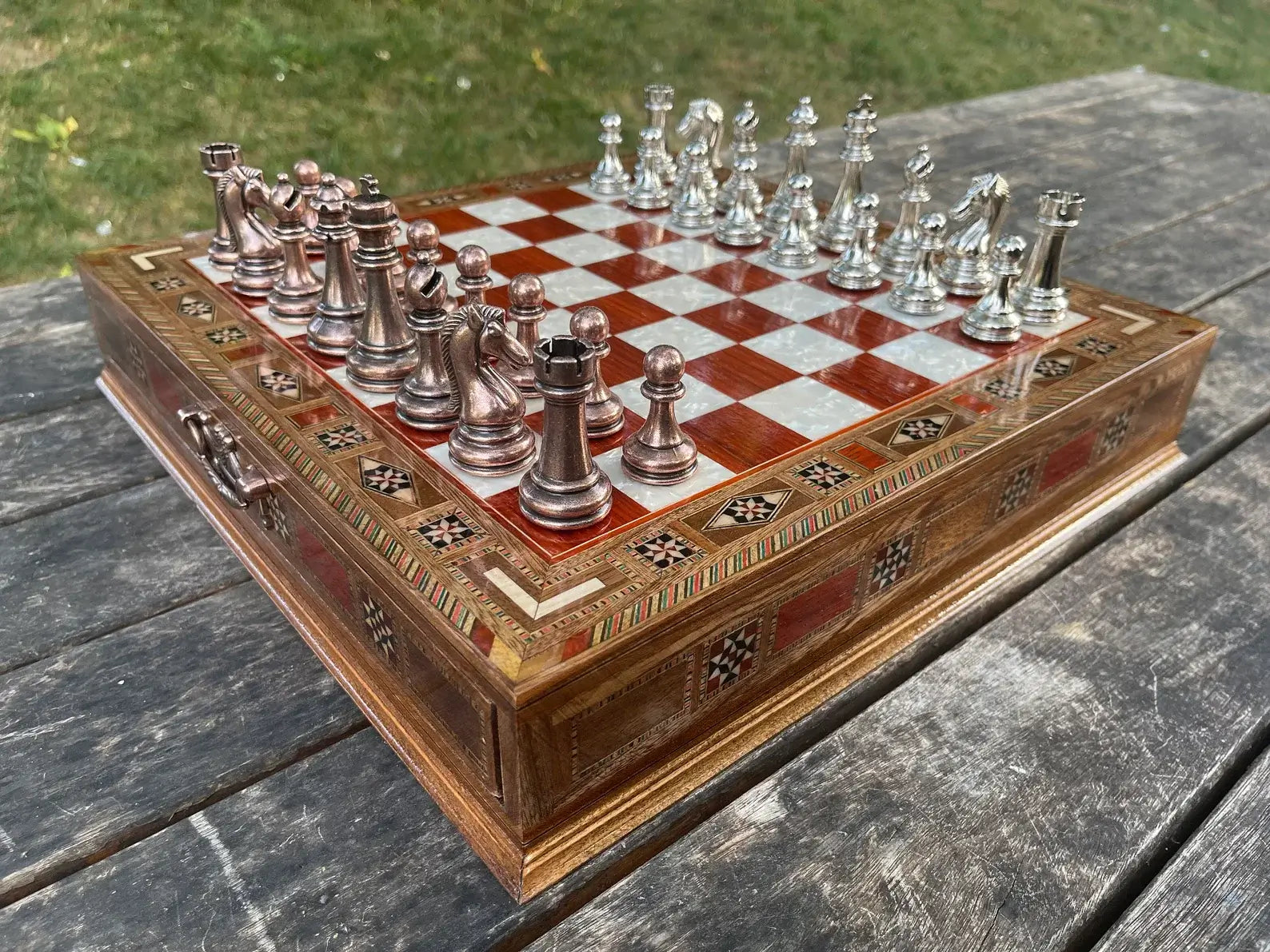
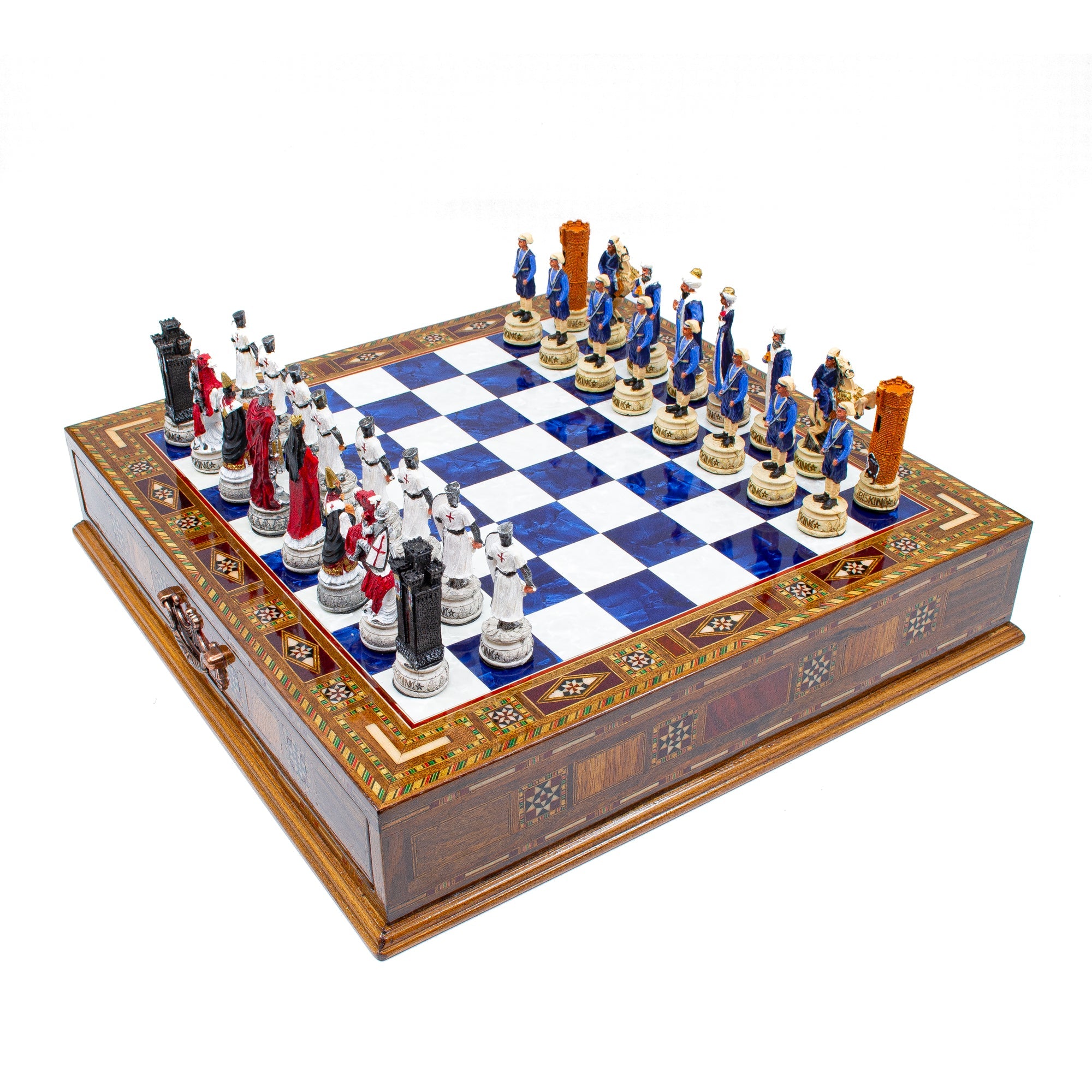
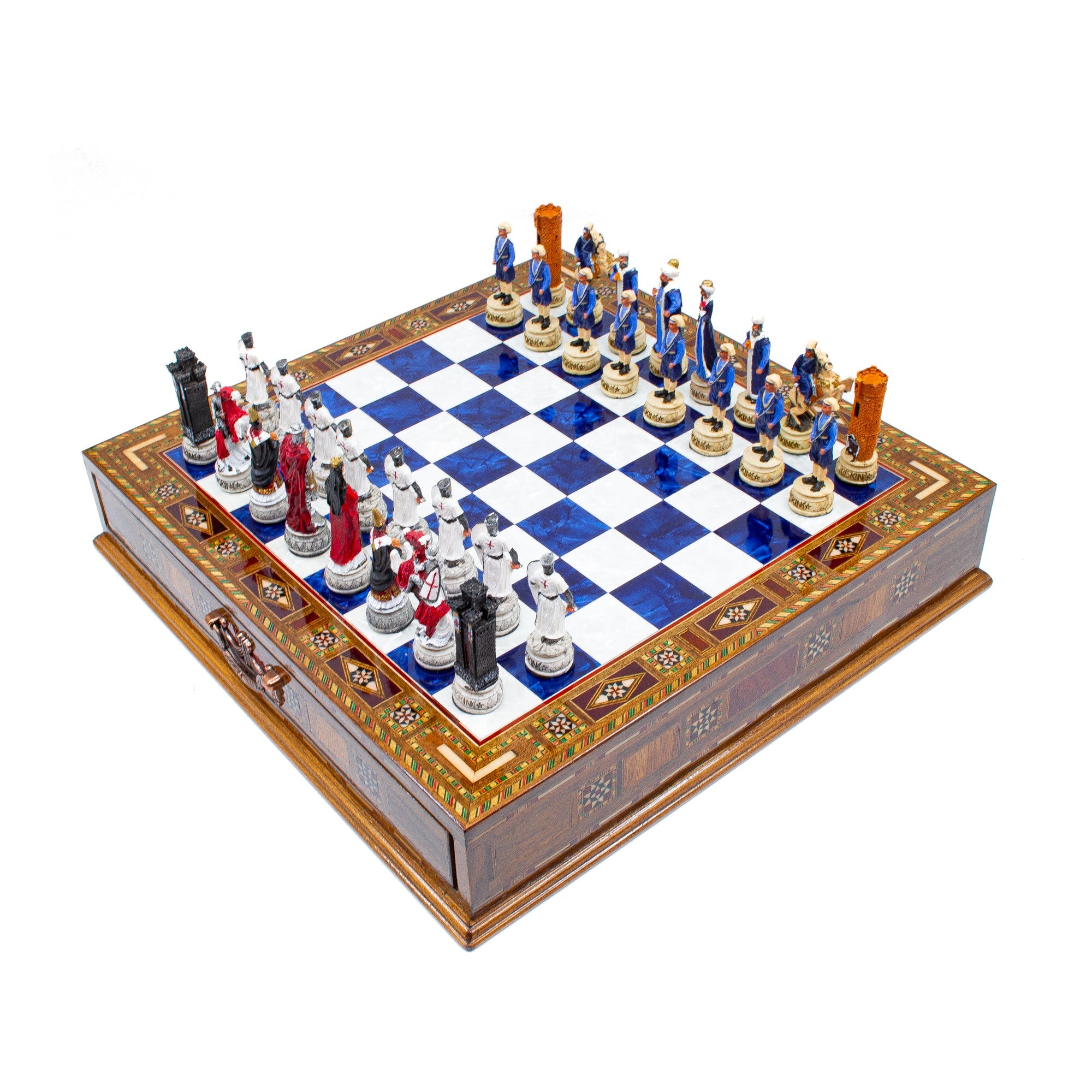
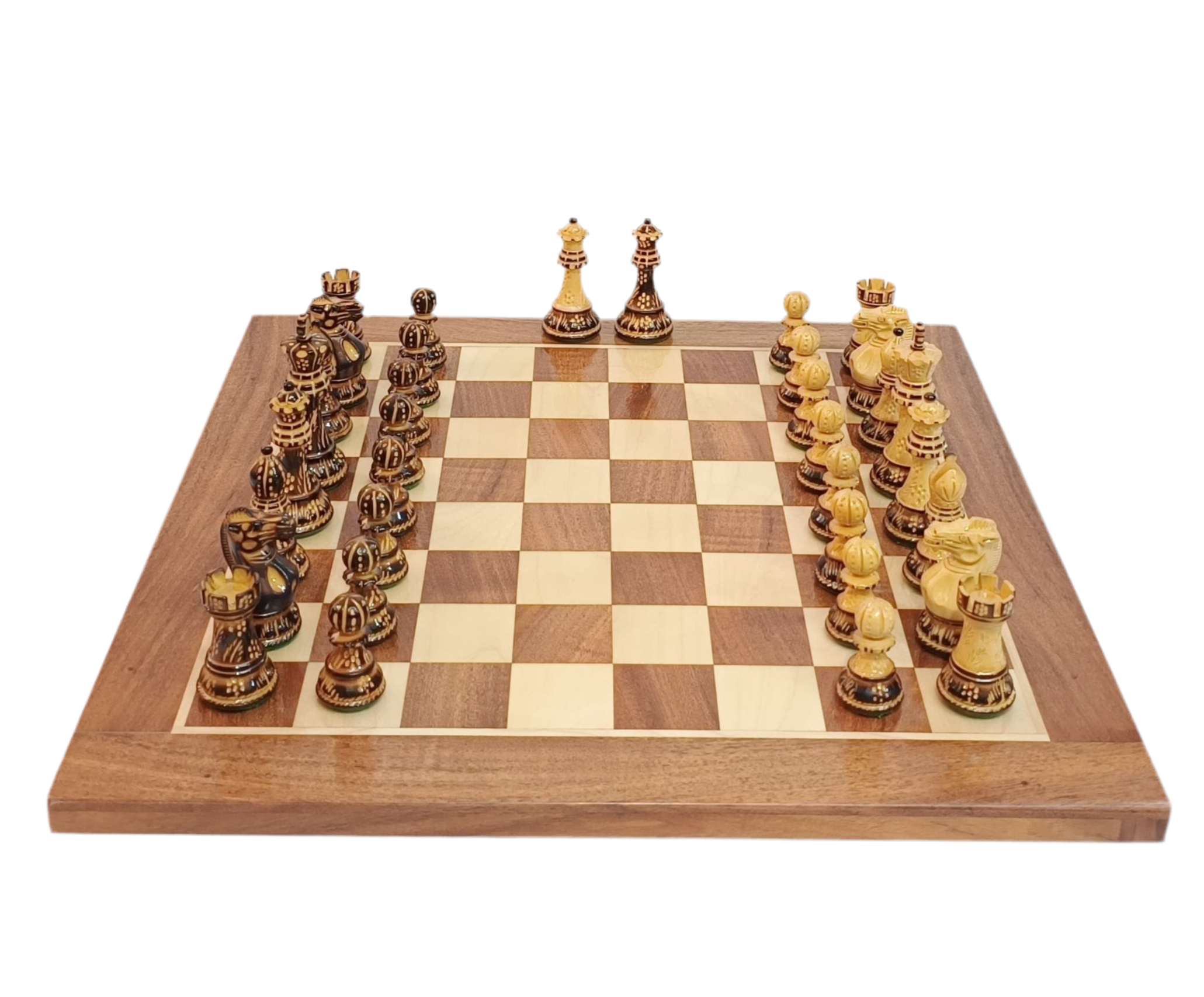
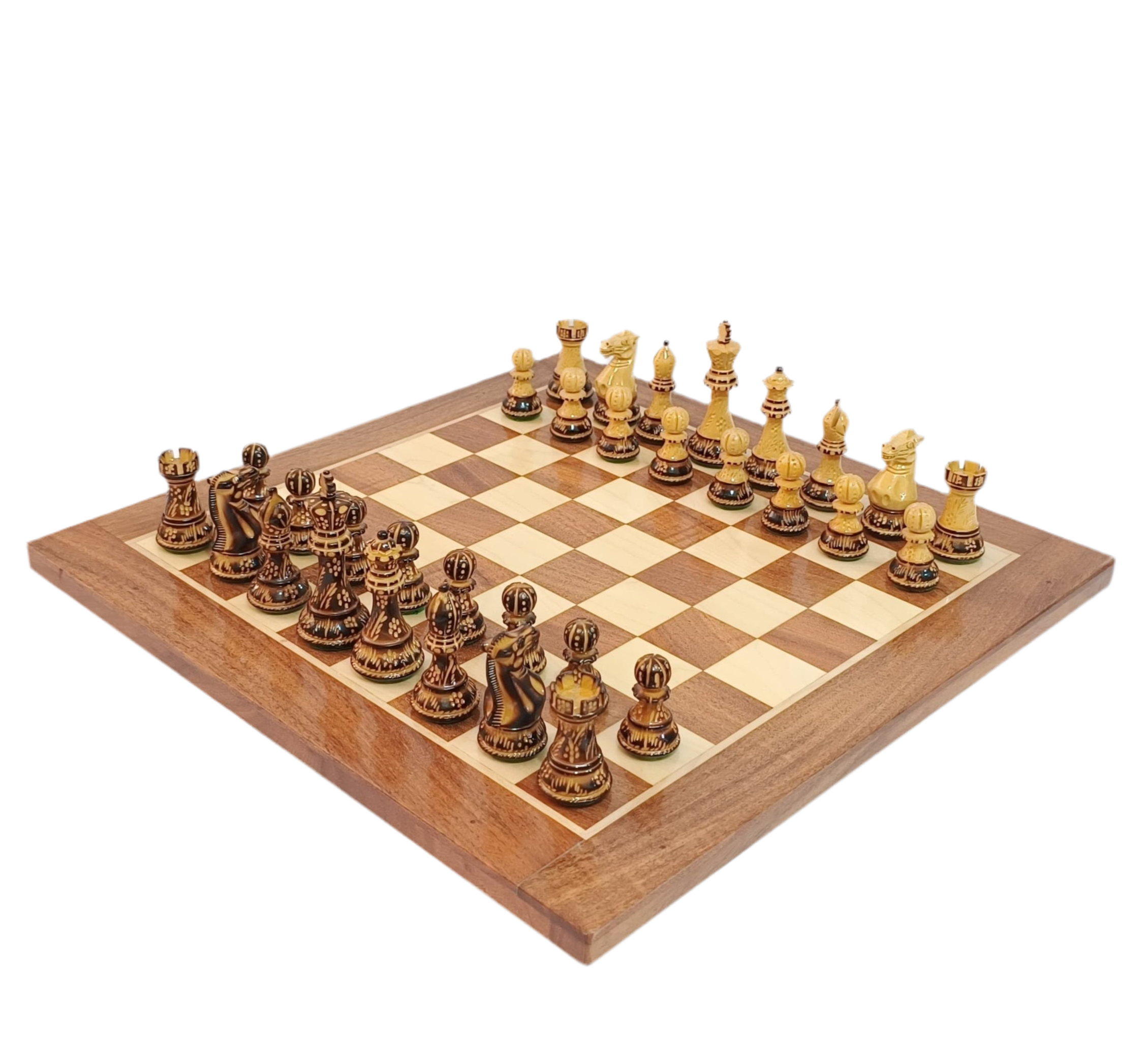
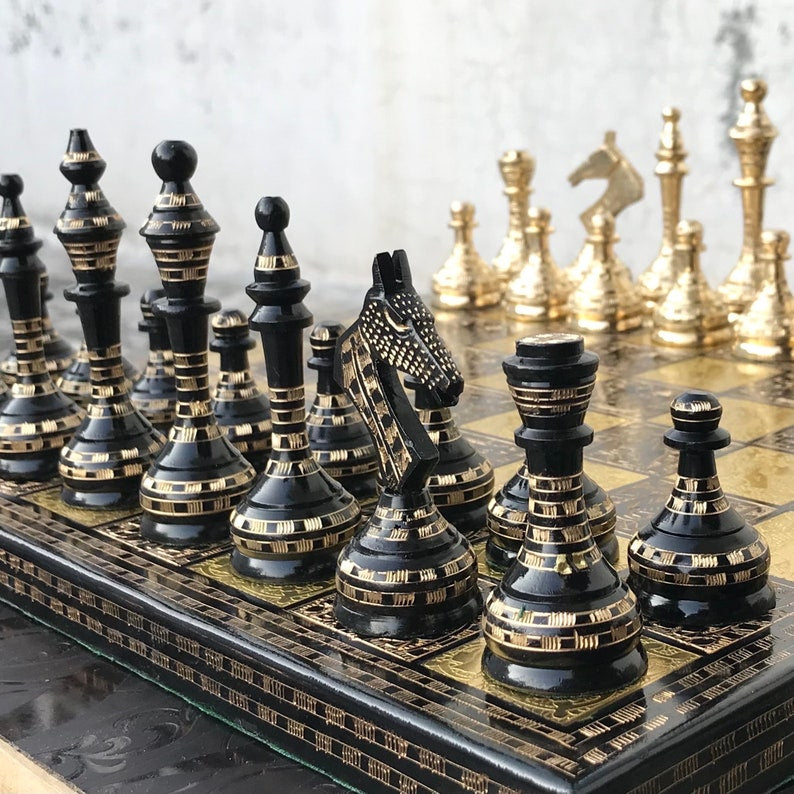
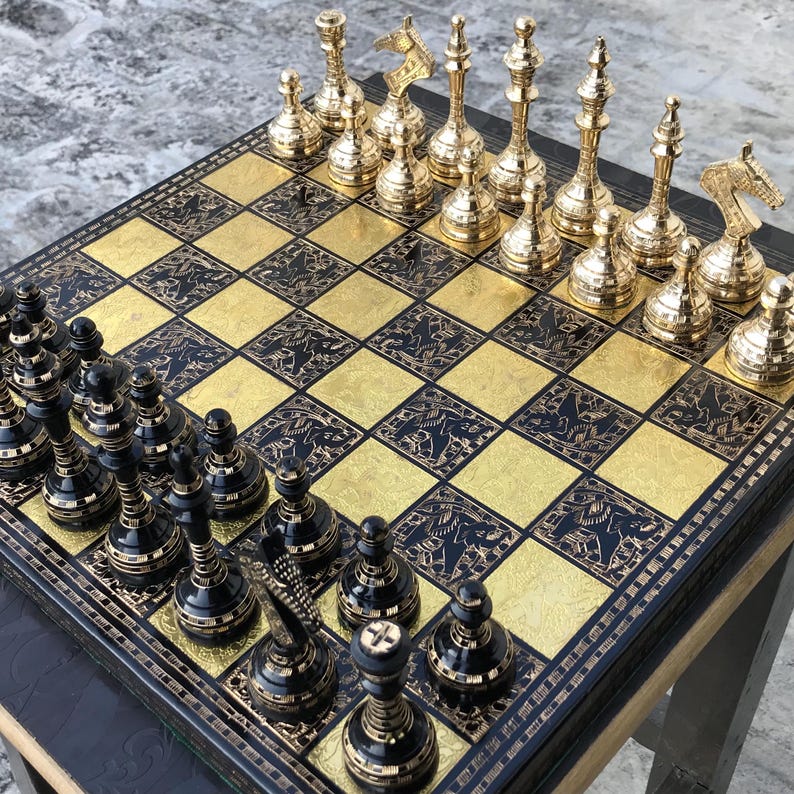


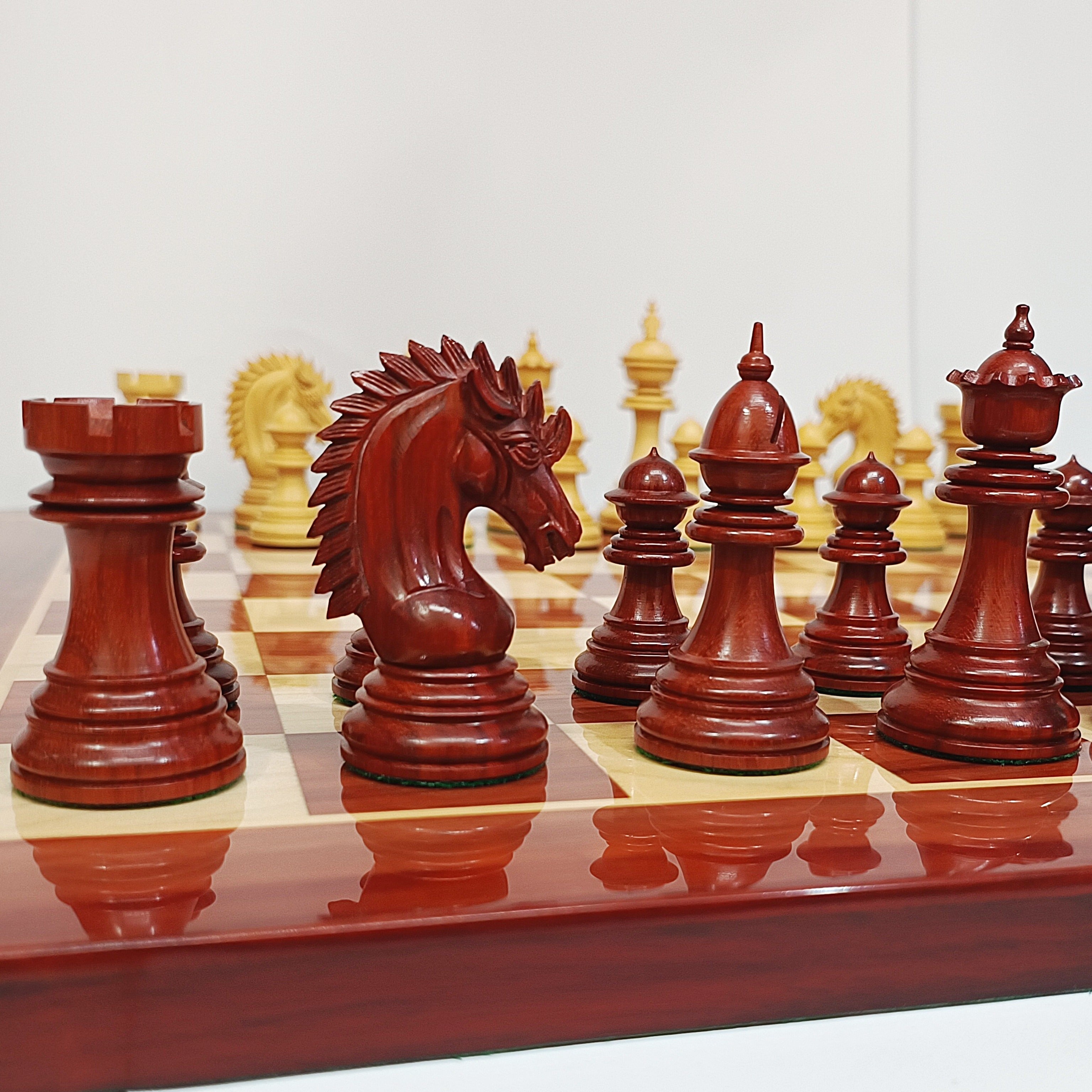
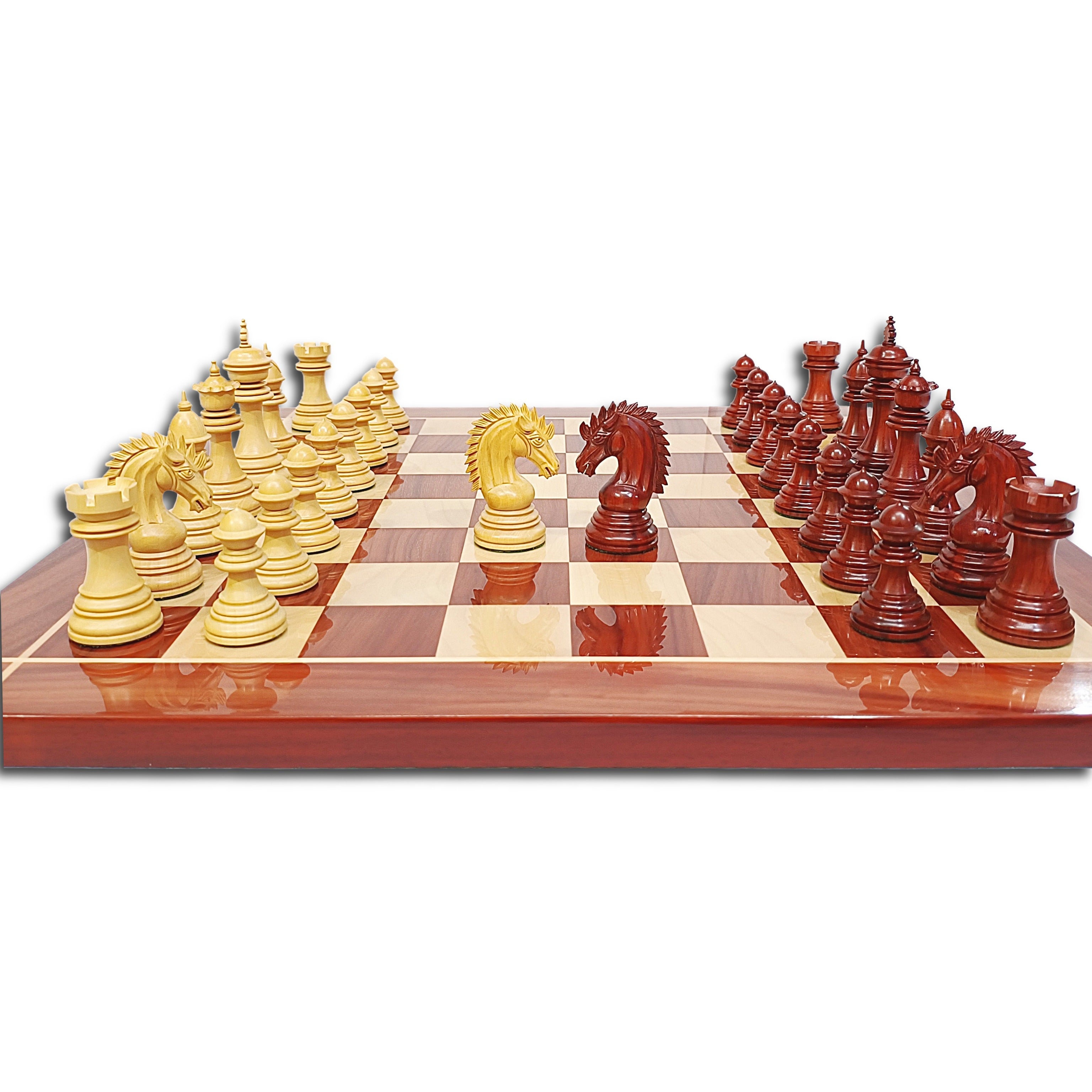

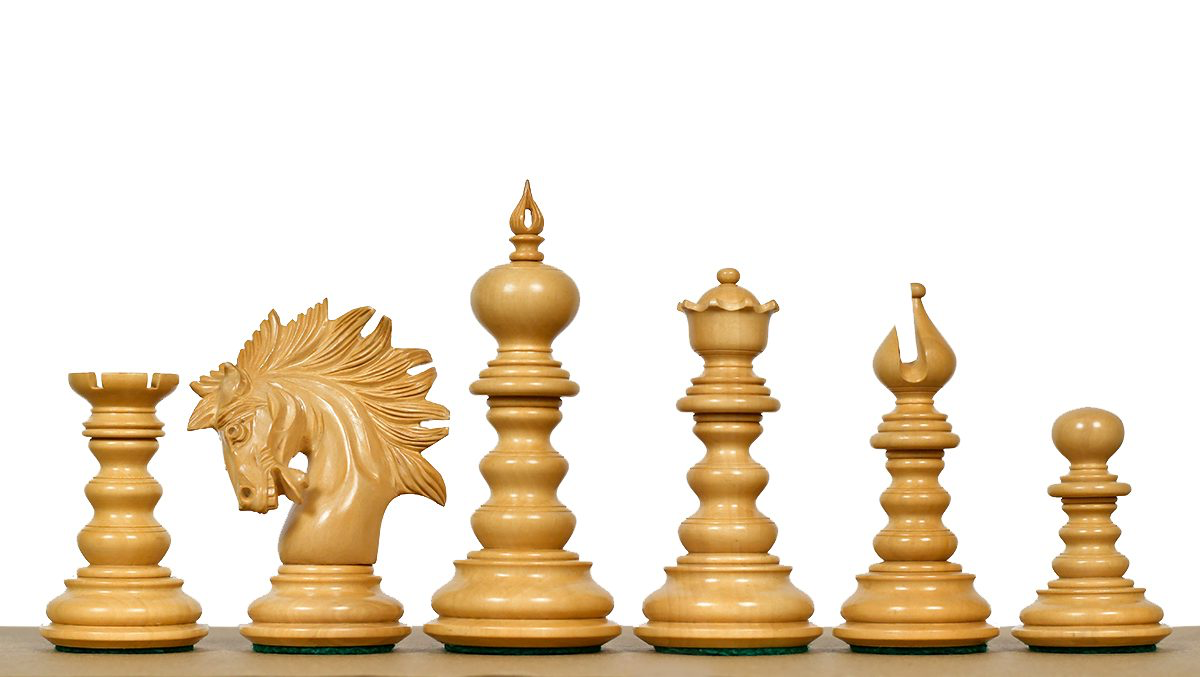
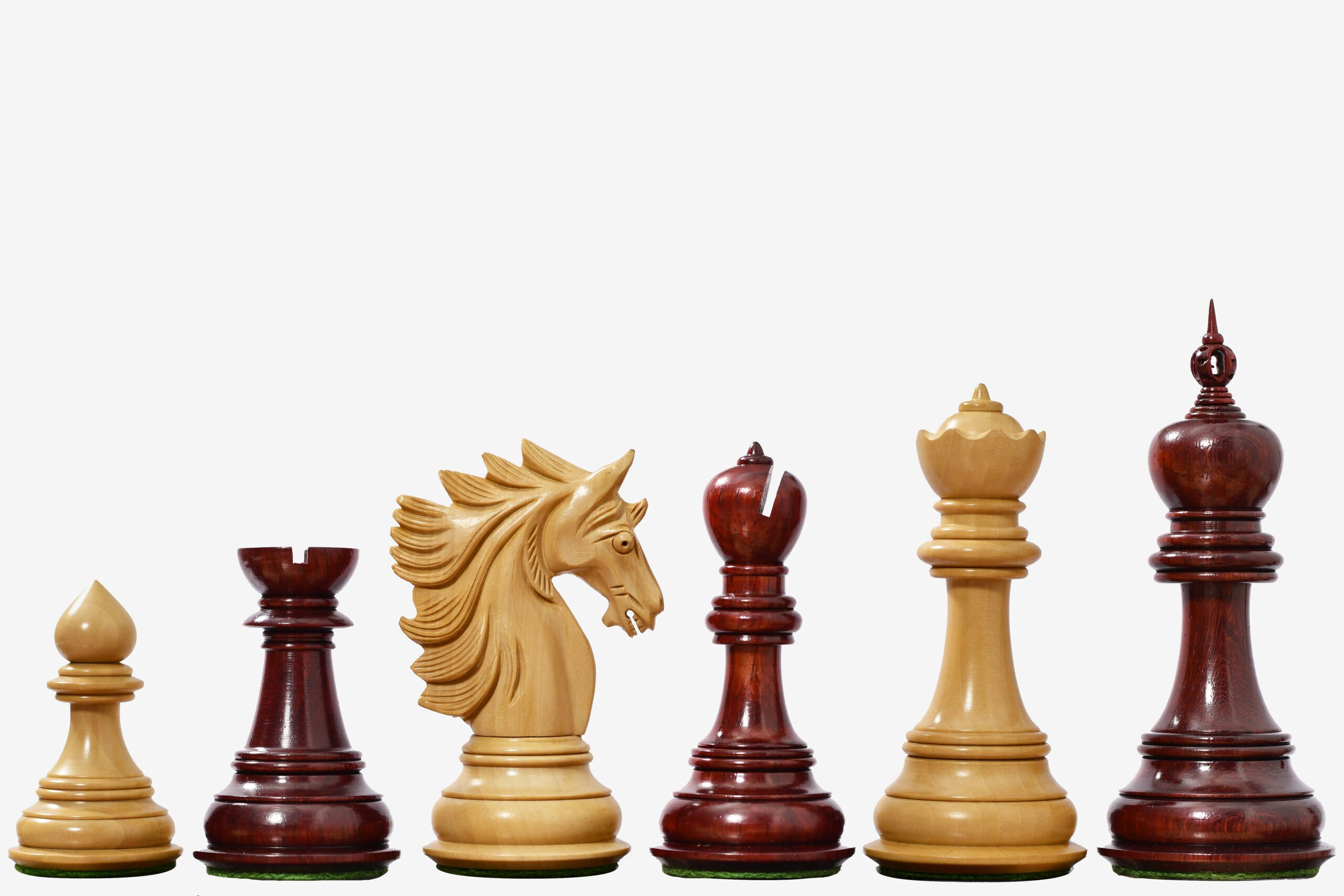
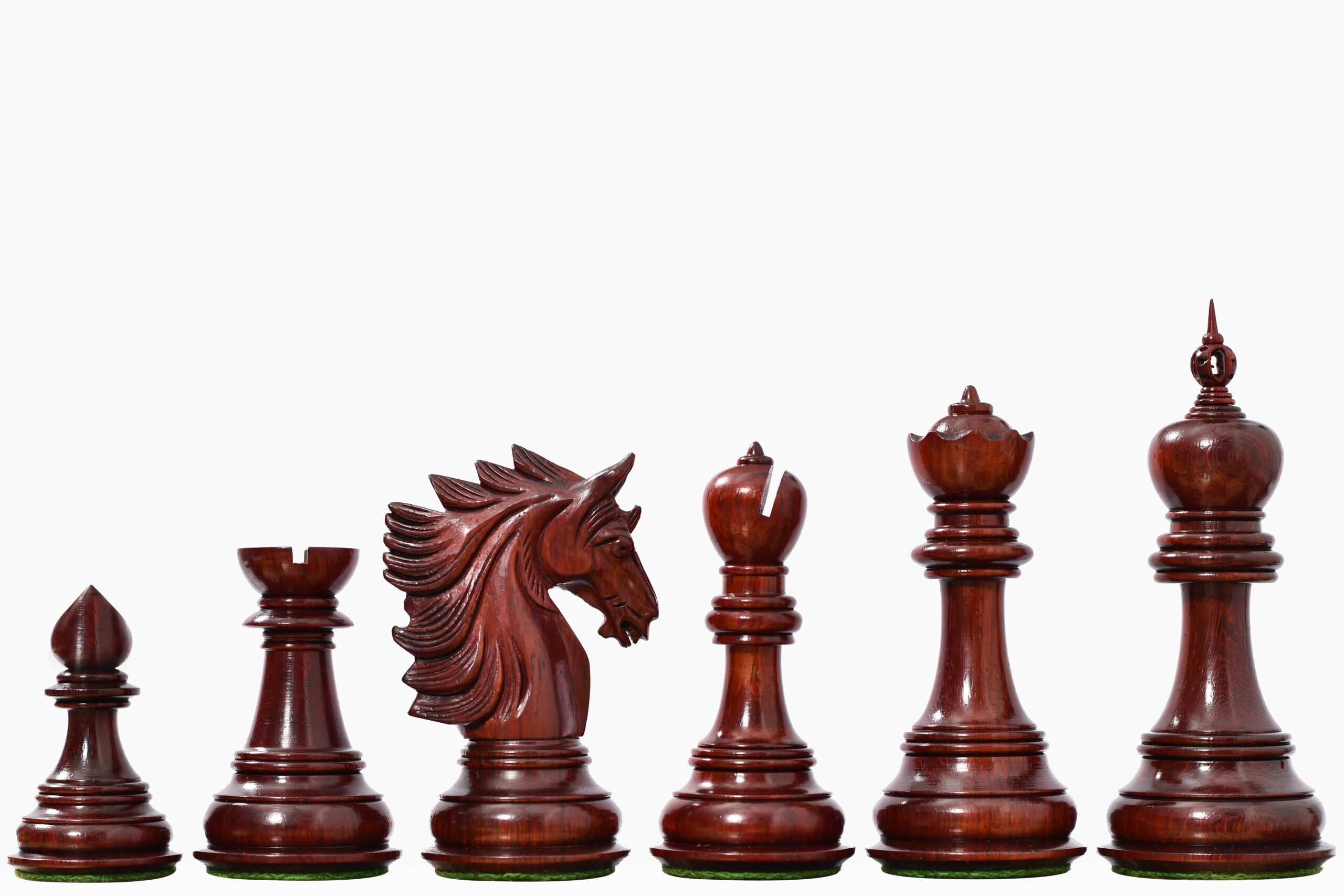
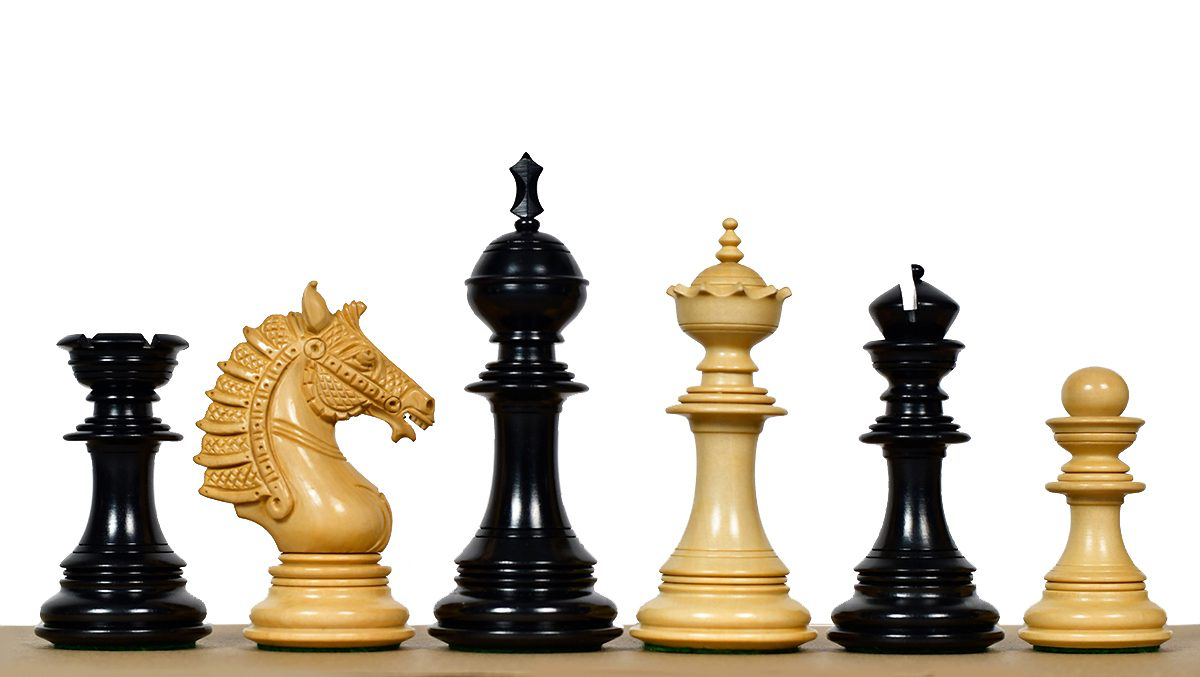
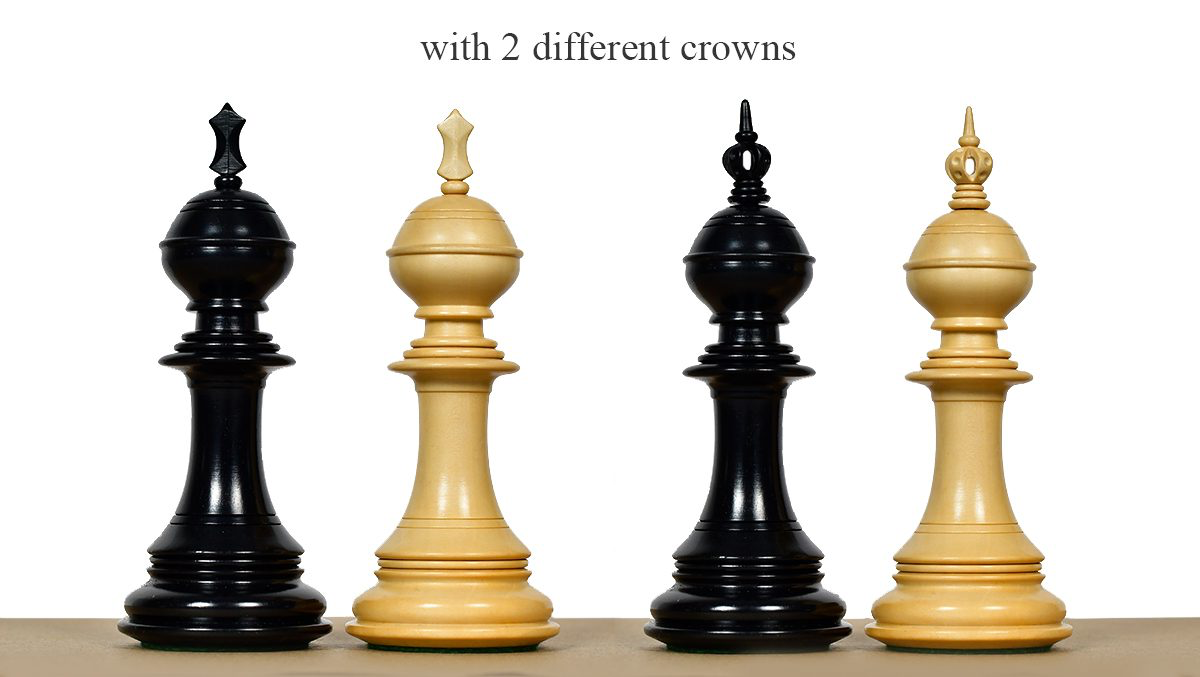
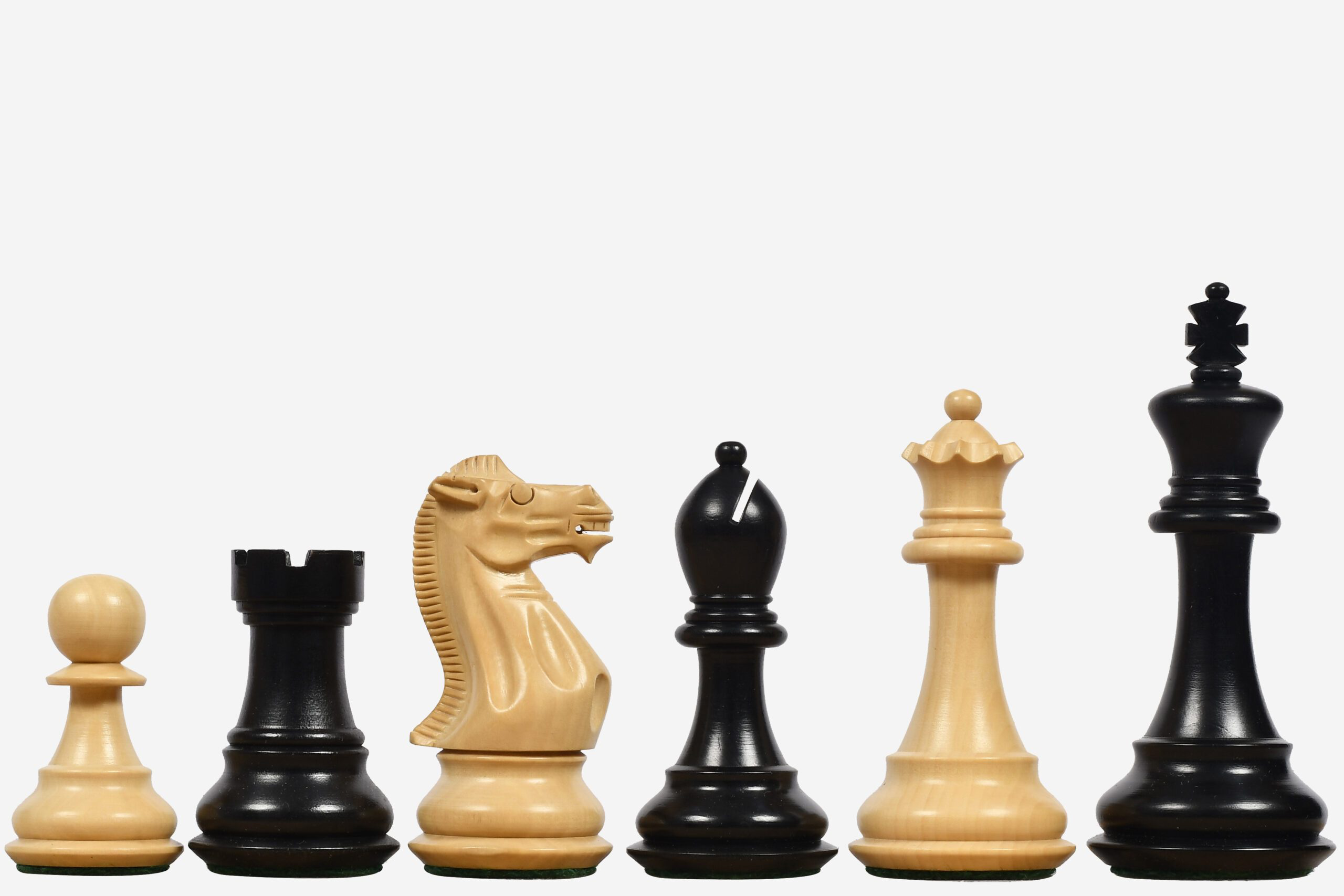
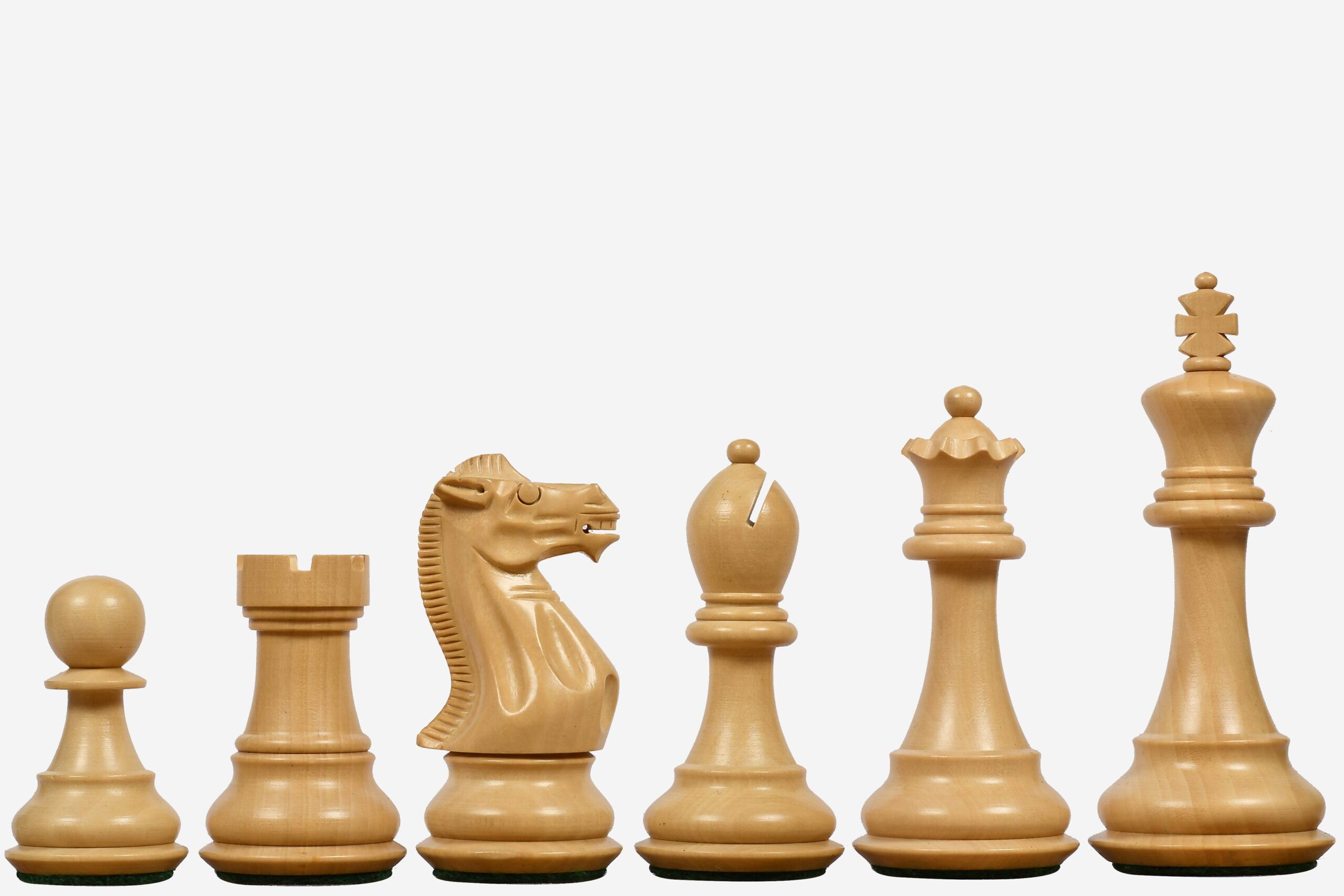
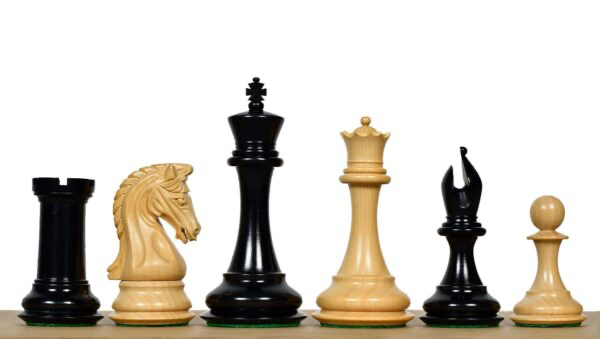
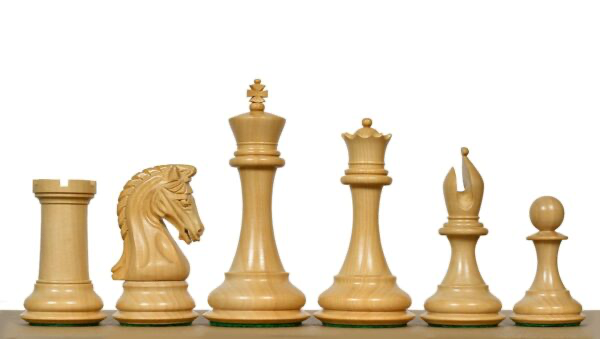
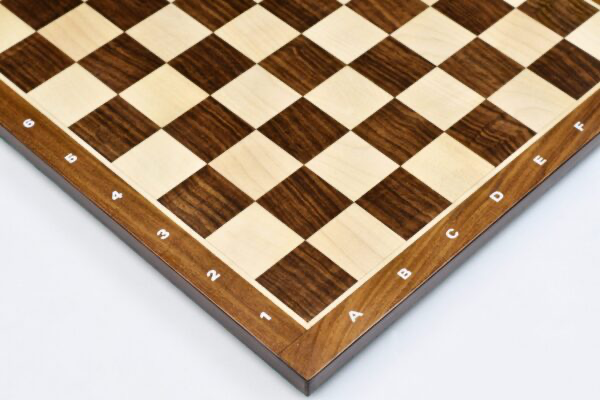
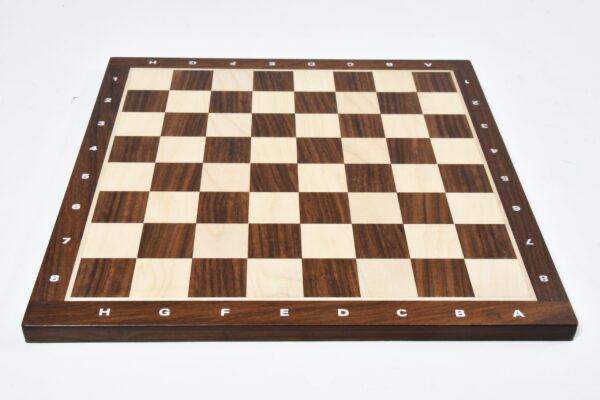
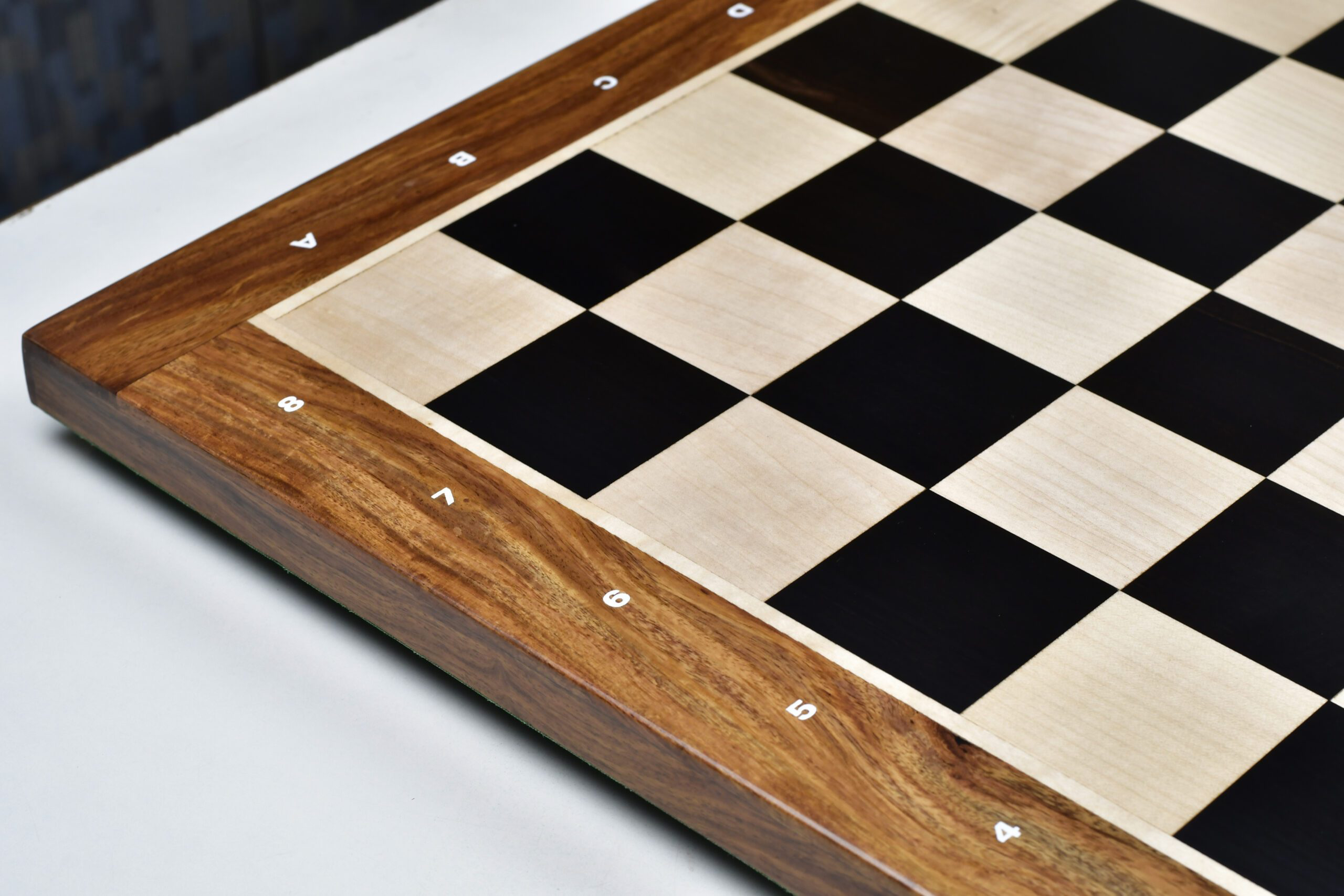
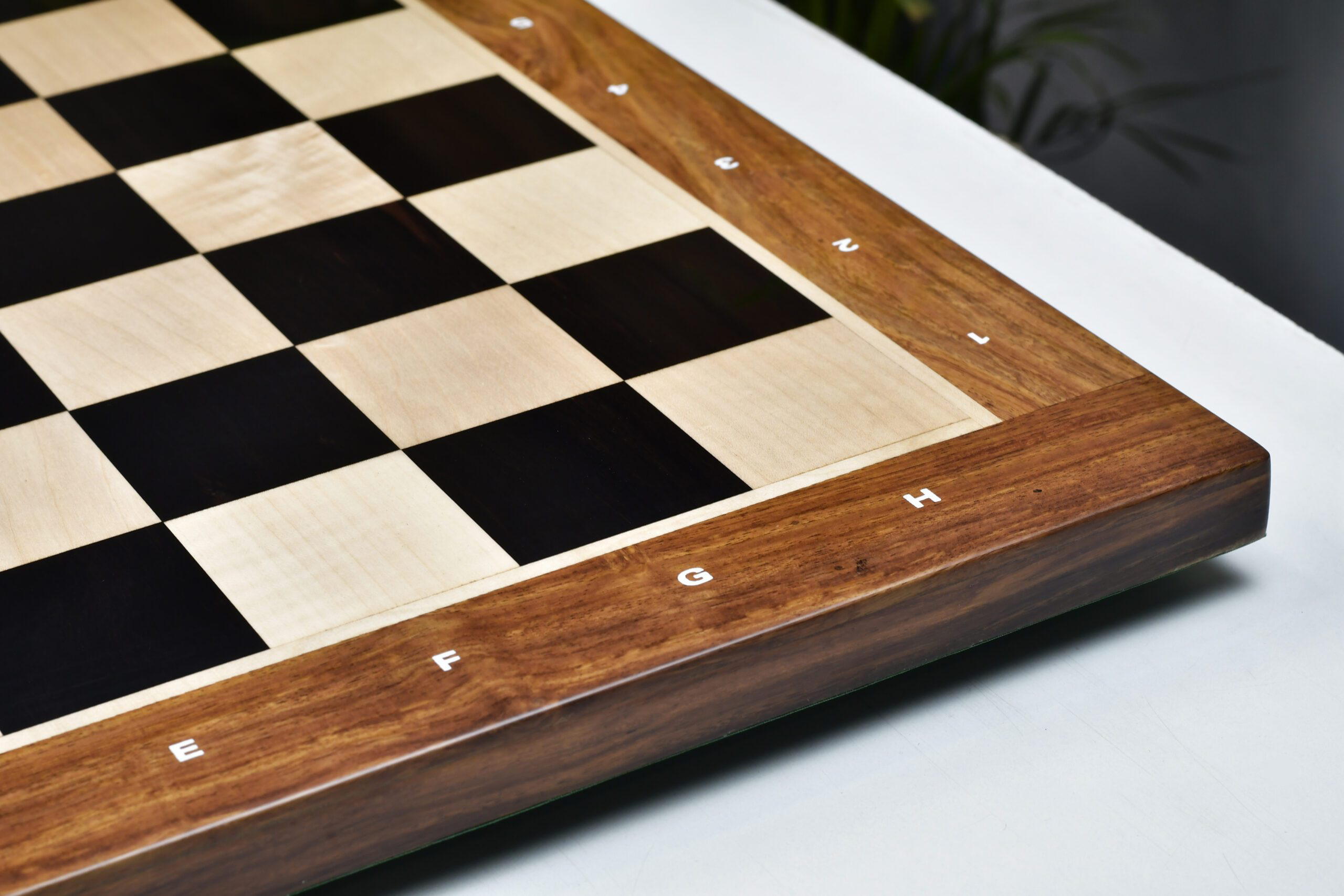


Leave a comment
All comments are moderated before being published.
This site is protected by hCaptcha and the hCaptcha Privacy Policy and Terms of Service apply.